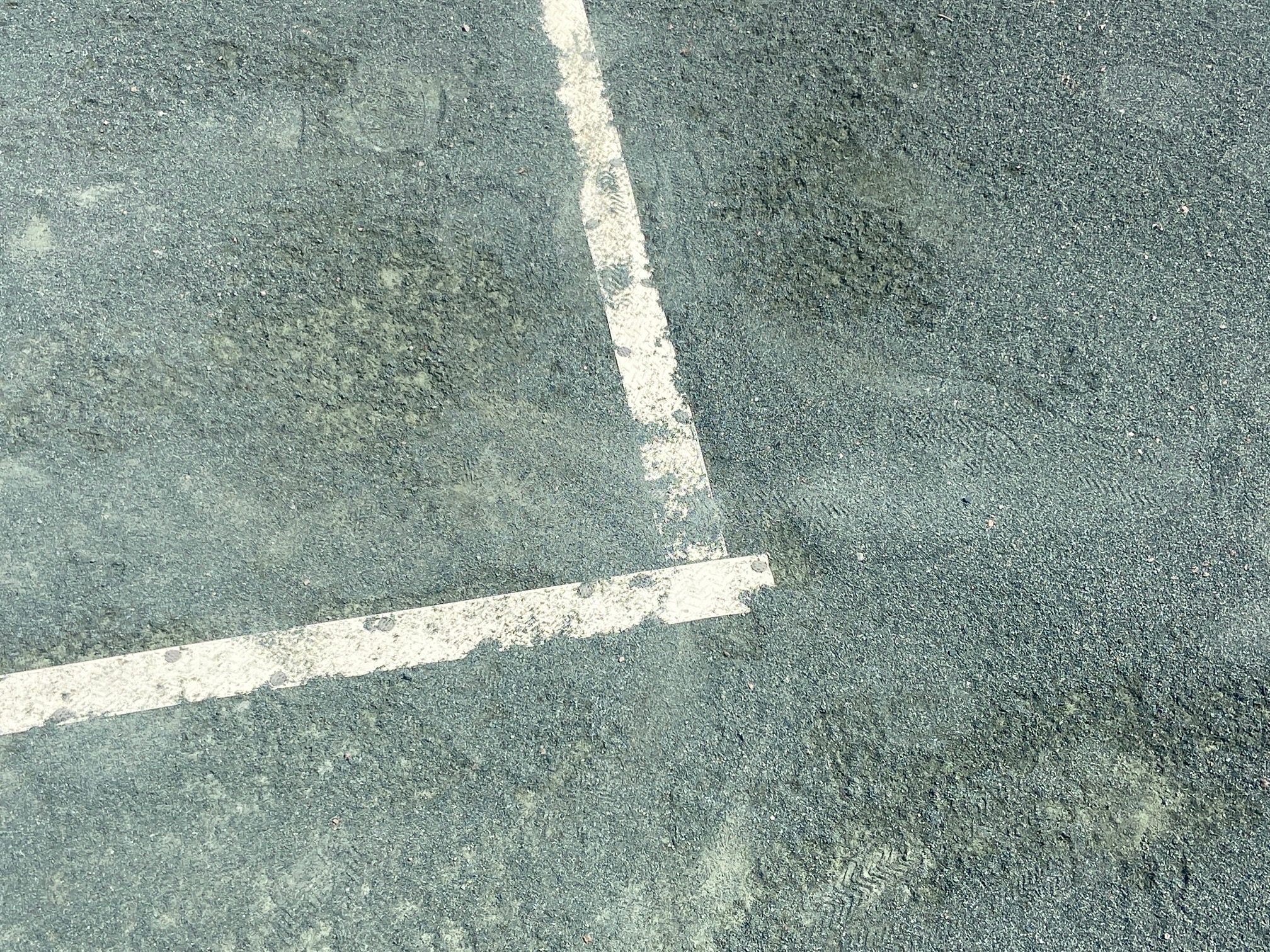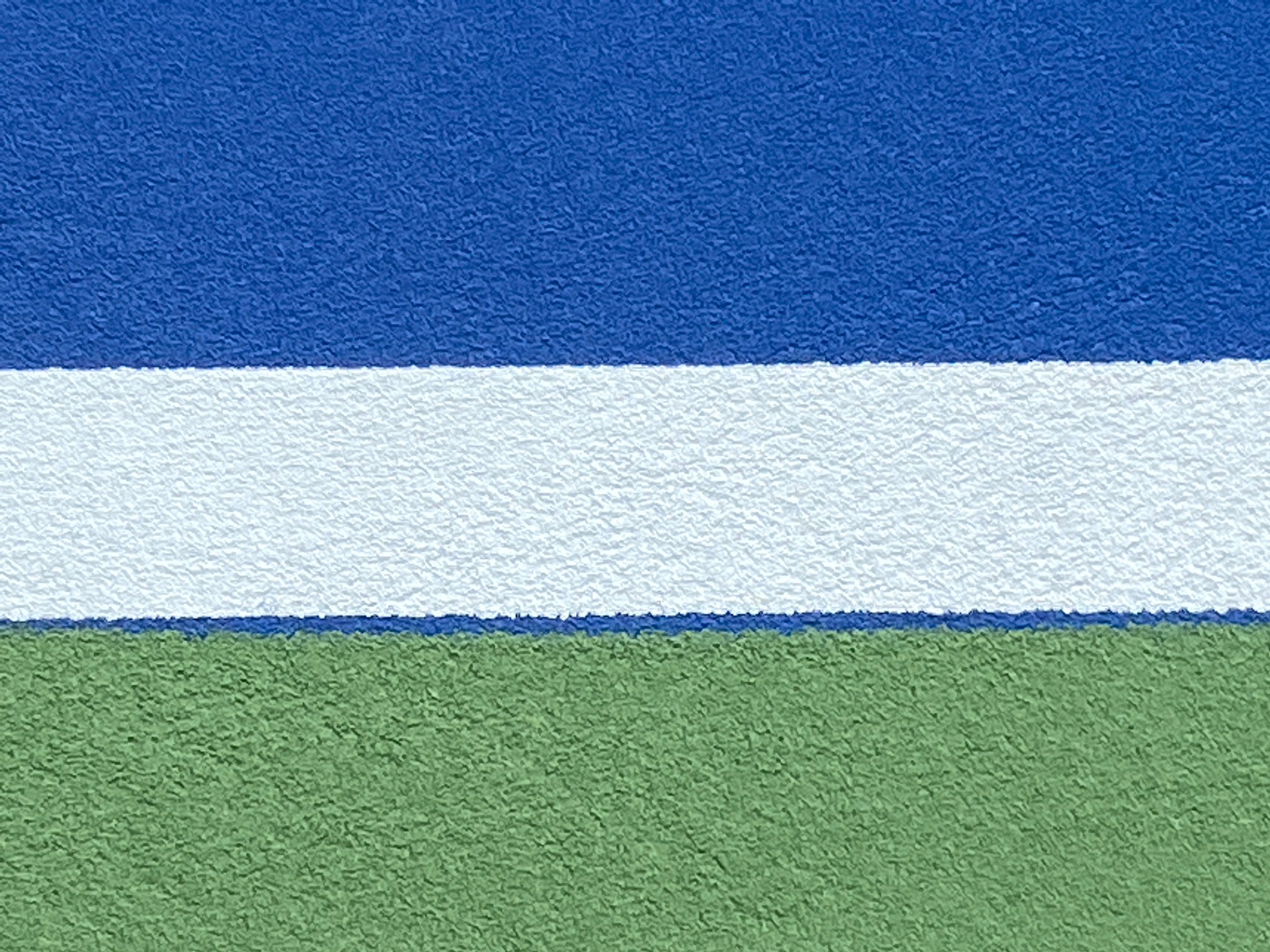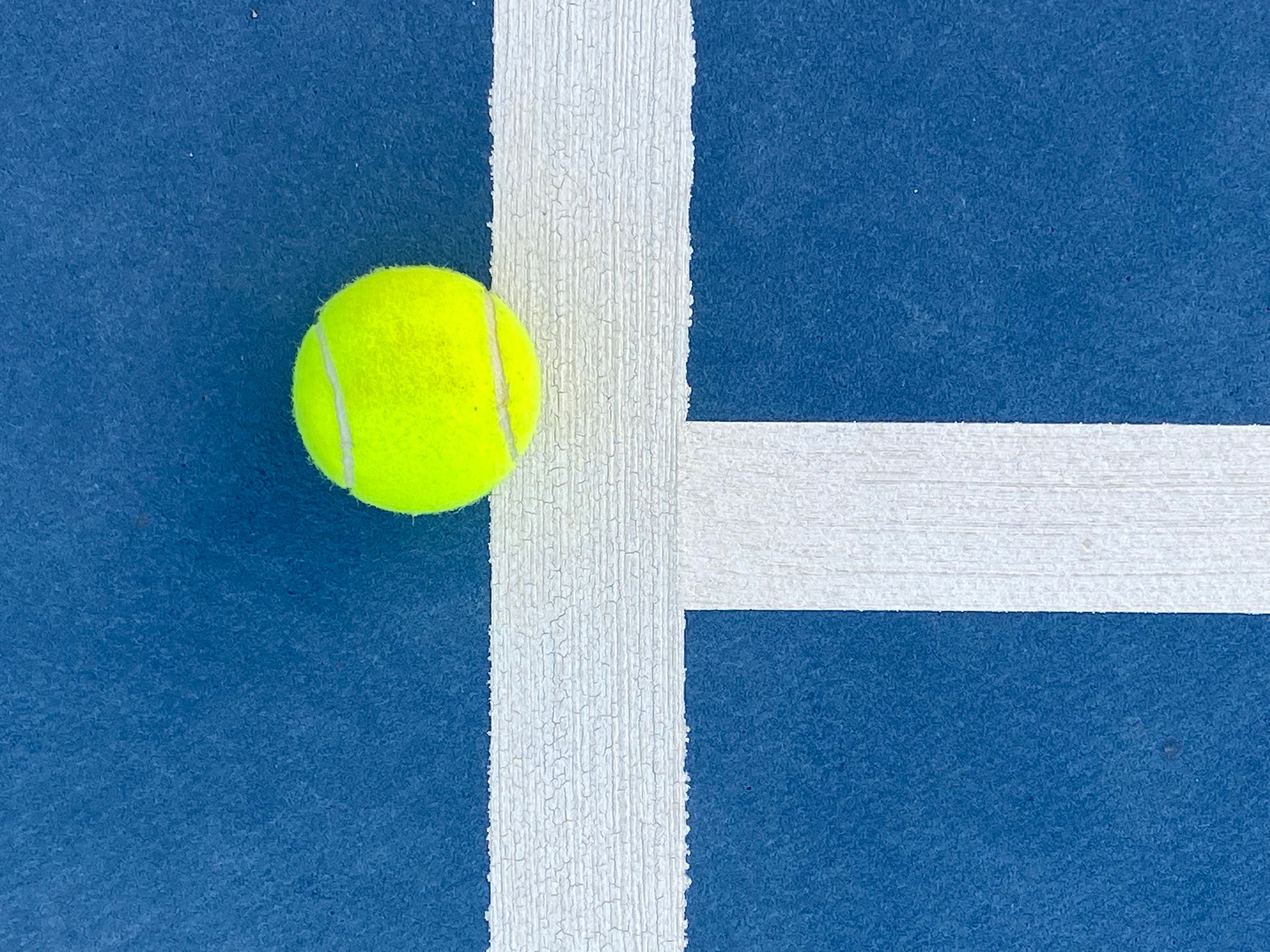The most popular sports in the United States, such as football, basketball, and baseball, are built around intense fan loyalty to a team rather than an individual player. Perhaps, the closest similarity to tennis is fantasy sports where fans only have a rooting interest for a small subset of the competitors. However, while rotisserie games produce some anomalous fan behavior, it lacks the dynamic element of switching sides. That phenomenon is exclusive to tennis.
20 years ago I was watching an NFL game in an airport bar with the Trophy Husband. We were cheering wildly during a last second march down the field only to experience dejection after the winning touchdown. The scoring play didn’t result in any points for our fantasy team’s quarterback. I am sure the other patrons in the bar thought we were insane. (They probably weren’t wrong.) This is kind of what tennis fans are like.
In John McEnroe’s great autobiography You Cannot Be Serious, he details many significant matches in his career where reversals of fan sentiment were intertwined with the ultimate outcomes. In fact, through his mercurial on court behavior, McEnroe was a lightning rod that frequently caused those shifts to occur. The best players have to learn to play consistently through those choppy waters.
The fickle nature of spectator sentiment in tennis presents a real conundrum for promoting and marketing the sport. People who buy tickets to a match are purchasing attendance at an event that most likely won’t involve their favorite players. That is simply the way that tennis tournaments work.
Even when the stars align and the session features a fan’s idol, the nature of tennis fandom still delivers examples of the fickle nature. If their preferred player is winning too easily, the crowd will get behind the underdog until the match becomes competitive again.
The most triumphant moments in tennis come not from obliterating the competition, but rather by overcoming a closely contested nail biter. Multiple swings in momentum define the greatest matches. The spectators themselves contribute to that.
As the US Open gets underway tomorrow, I will naturally be following the major storylines that emerge from the tournament. This year, I will also be particularly mindful of the saga of my own changes in rooting loyalty during the matches that I watch.
Tennis players are crazy. Tennis fans might be even crazier.



